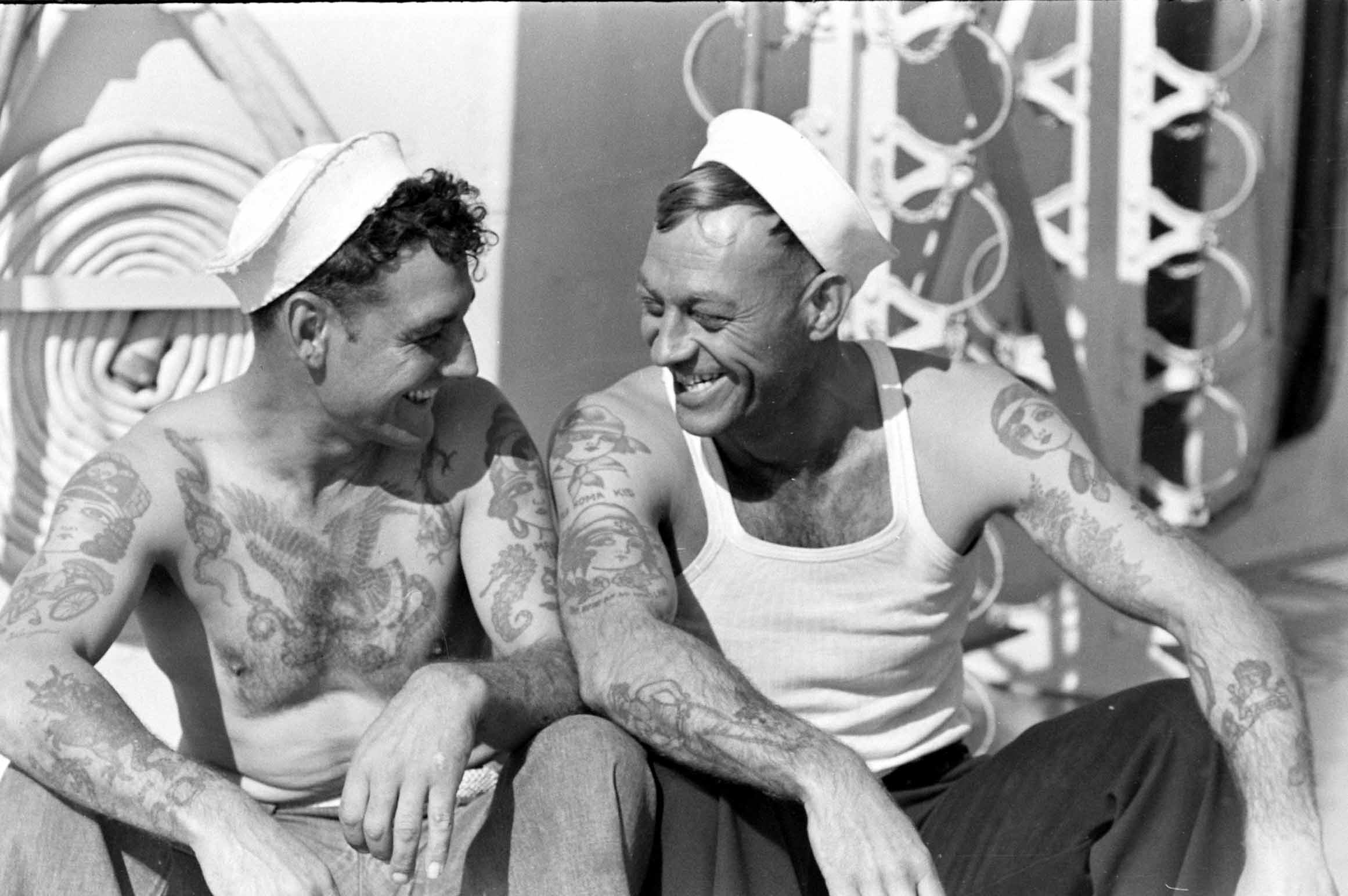InkPulse.News
Archives
The Enduring Appeal of Body Art in Modern Society
SIGN UP FOR OUR NEWSLETTER
The Enduring Appeal of Body Art in Modern Society |
Exploring the Deep-Rooted Significance Behind the Surge in Tattoo Popularity |
Body art has become more acceptable now than ever before in the West.
A well-executed tattoo is often seen as a badge of prestige on university campuses.
But like the ink itself, tattoos delve deeper than merely being "in."
Something more profound is at play here.
Why the surge in tattoo popularity?
It seems to be connected to permanence, beauty, and identity.
Time flies when you're having fun, or so the saying goes.
Time does fly, but so do fun, joy, and life itself.
Everything seems fleeting, flashing before us and disappearing.
Not only our time in this life but all aspects of our lives appear temporary.
Jobs, relationships, high-tech gadgets, vacations—all come with hidden expiration dates.
Transience—what could be more unsettling?
Our hearts are designed to experience life to the fullest.
We crave it.
Yet not just life, but eternal life; our hearts yearn for the eternal.
However, this temporal world offers nearly everything but the eternal.
A tattoo directly challenges the world's transience.
It serves as a material representation of the eternal.
I got my first tattoo at 20 for many reasons; one fundamental reason was to oppose life's transient nature.
To remind myself that joy isn't temporary, that eternal life is our promised inheritance.
Then there's beauty.
Few vessels can remind us of glory as art does.
Knowing this, we've adorned nearly every surface with art—the sides of buildings, cell phone covers, water bottles.
Even our very beings, permanently, in the form of tattoos.
The possibility of the forearm or back as a canvas offers the potential for exquisite art.
But as we all know, possibility doesn't guarantee outcome.
The sketchy tattoo parlor culture and the Christian tattoo fad don't exactly ignite my imagination.
However, tattoos are evolving beyond mere acts of rebellion.
It's a unique medium offering a distinctive kind of beauty.
Joy and life aren't the only crucial elements of ourselves that seem fleeting.
Our very identity appears fluid, to the point of running.
We can change our clothes, our hair, how we talk and act, what we do.
We can change our identity.
It takes much more pain and trouble to change a tattoo than to change your friends.
A second reason for my first tattoo was to remind me of the deepest truths of my identity, the truths that won't change.
This is the first star of two: they are Tarvan, the Lord of Victory; and Alambil, the Lady of Peace from Prince Caspian.
In the story, they represent the coming of the proper king of Narnia.
For me, it represents the promise of Christ's return as well as my identity as a man of victory and peace.
The beautiful captivates the imagination and stirs the heart.
Art in the form of tattoos intertwines these elements of permanence, beauty, and identity.
Even the most hesitant among us take a second glance at the half-sleeve across the room that takes our breath away.
Nothing reminds us of the truth of our identity and the reality of this life the way art does. |

